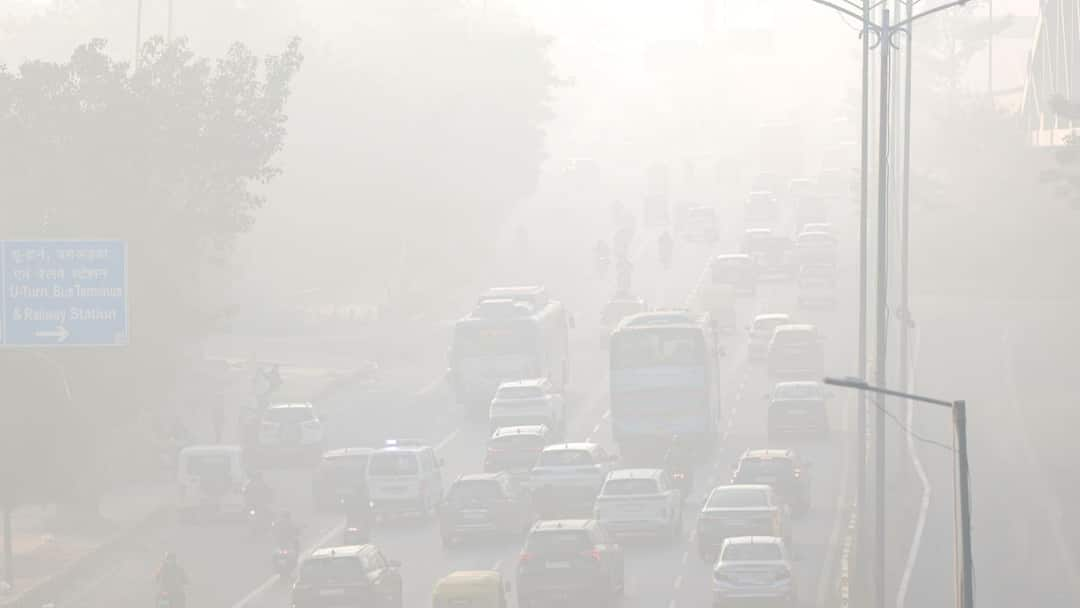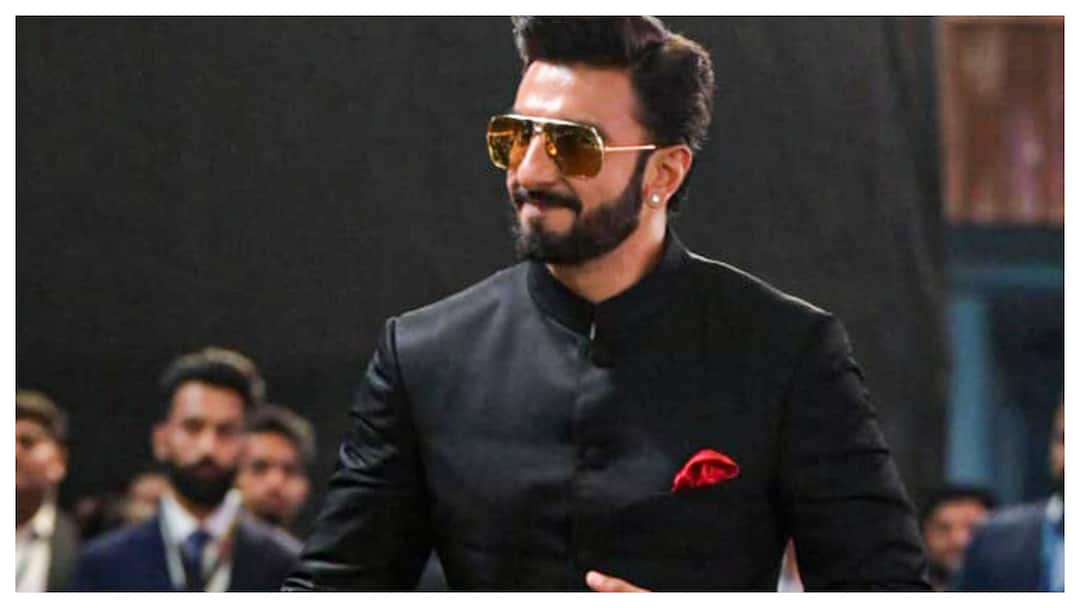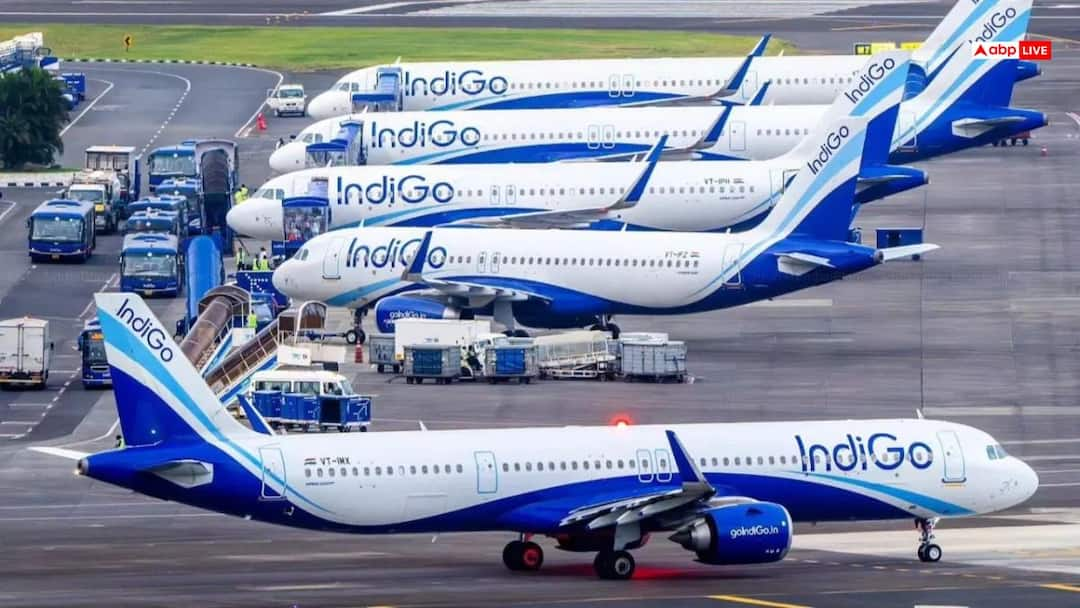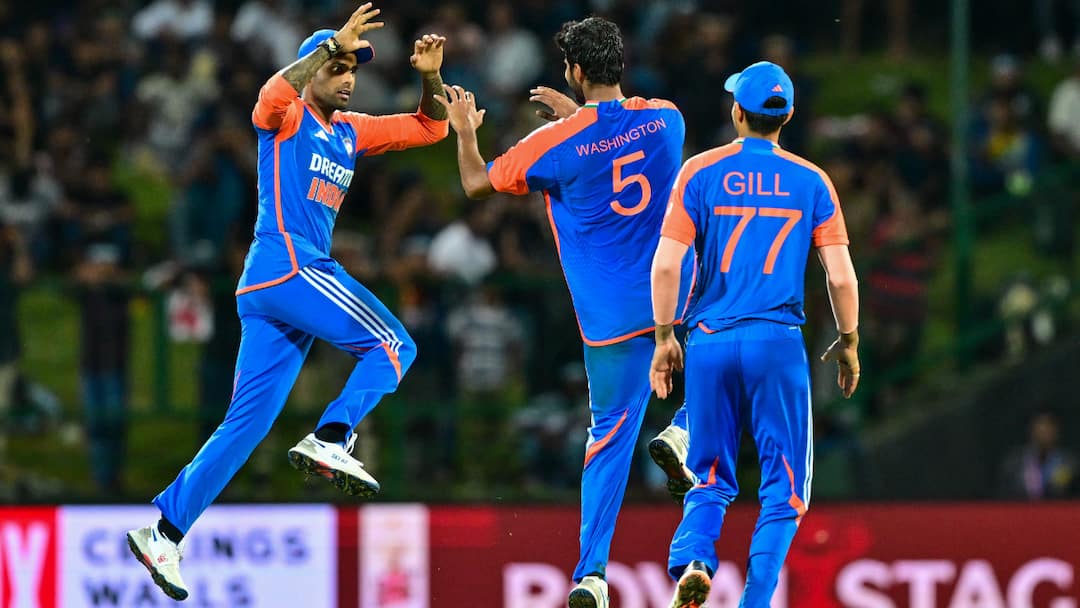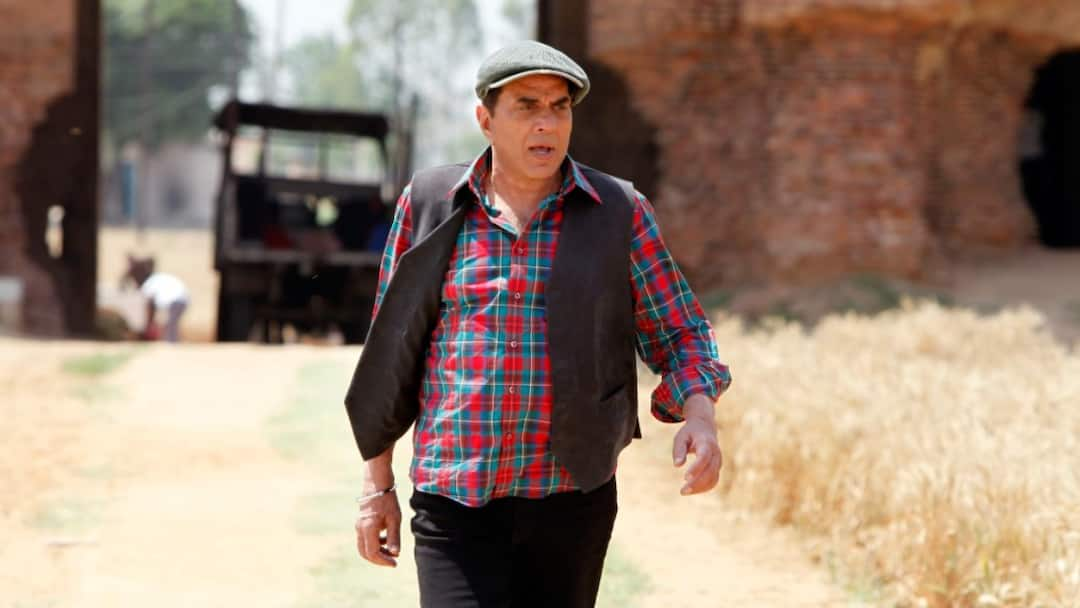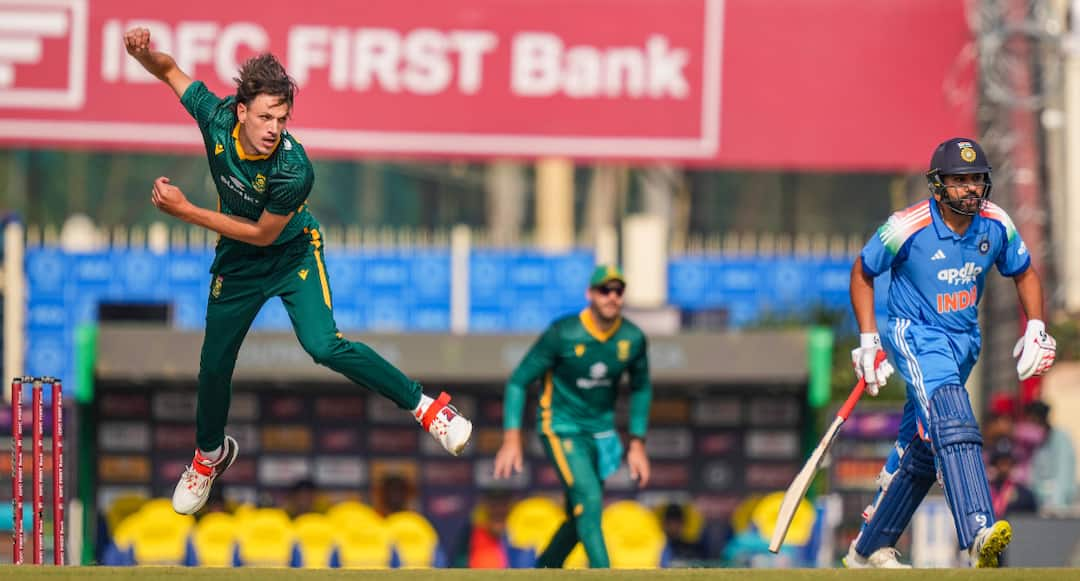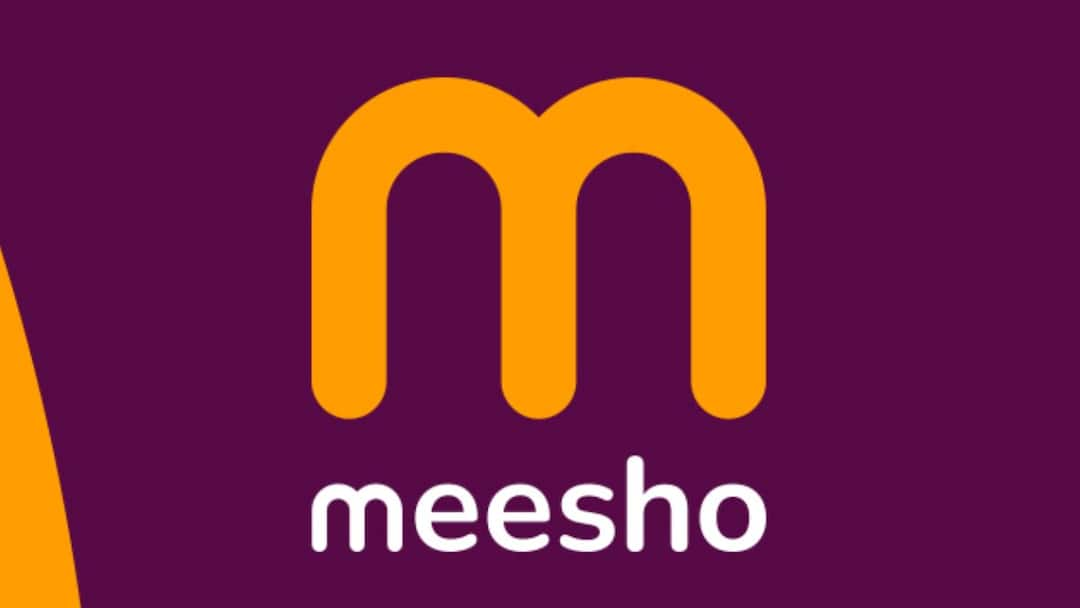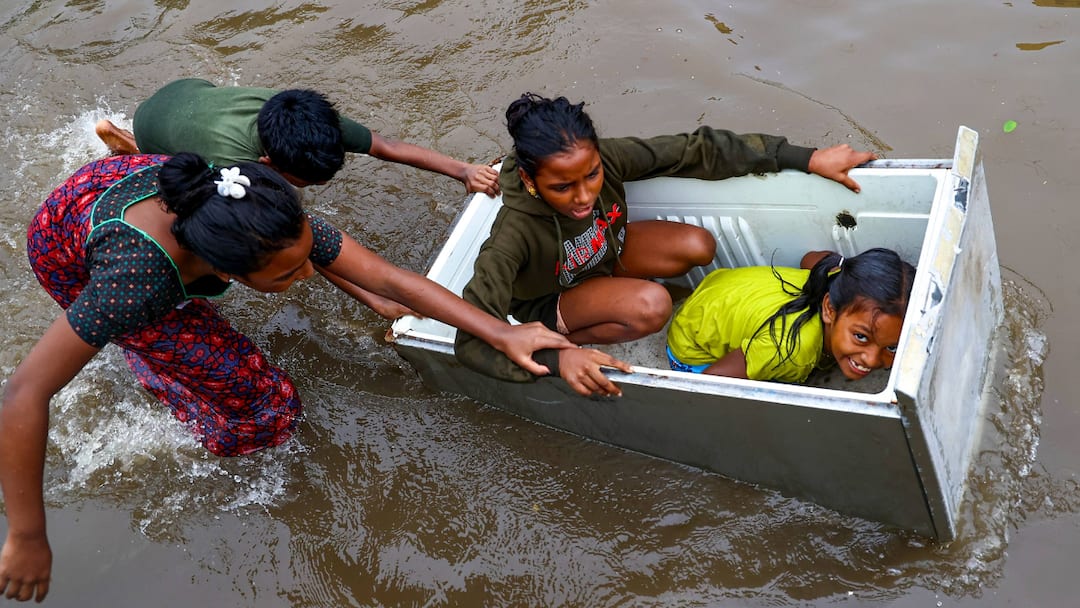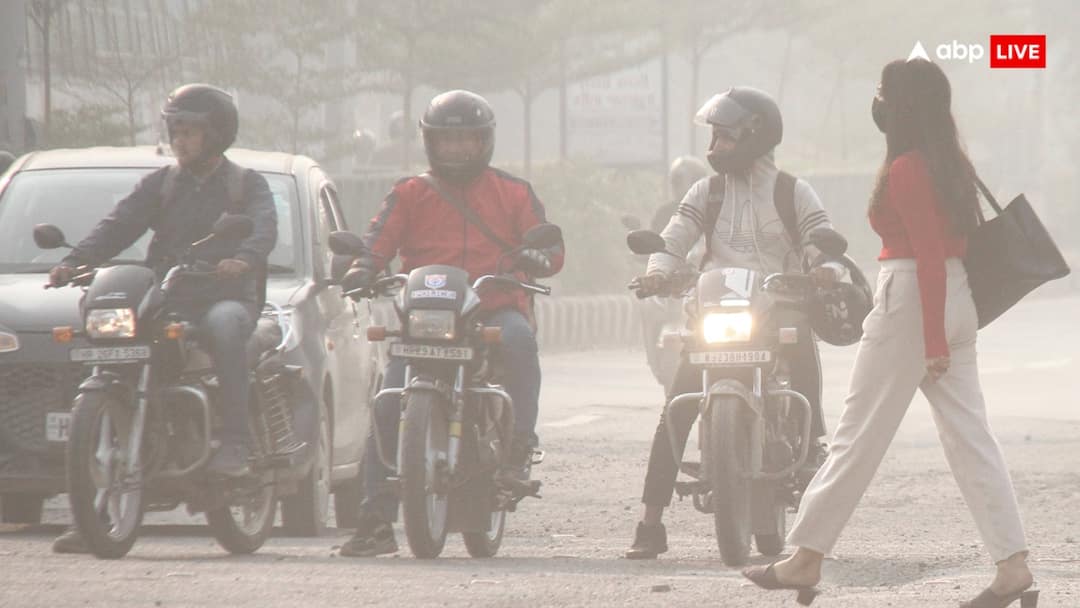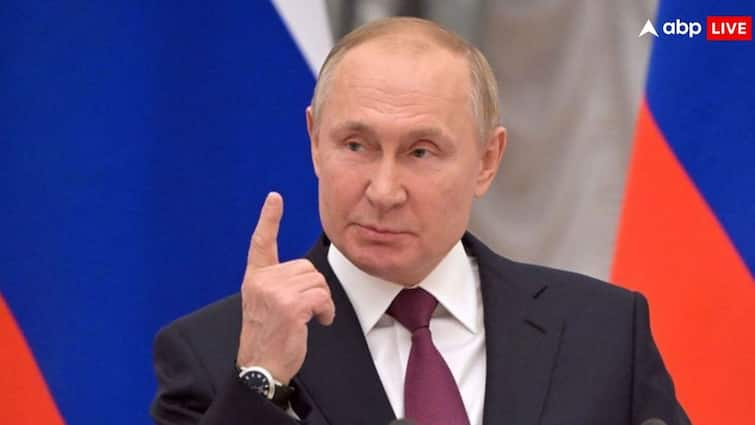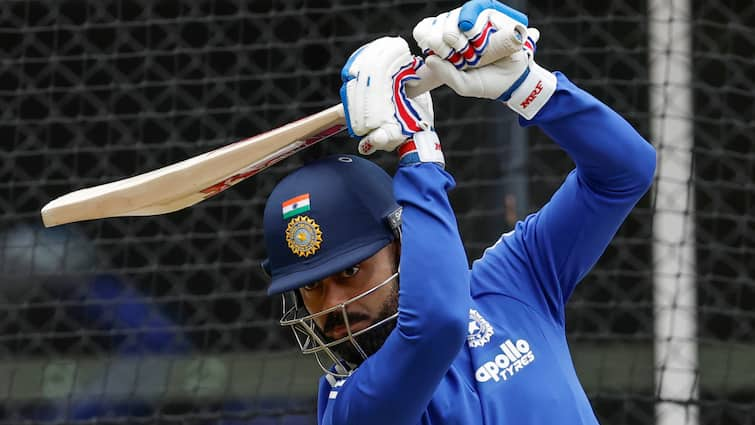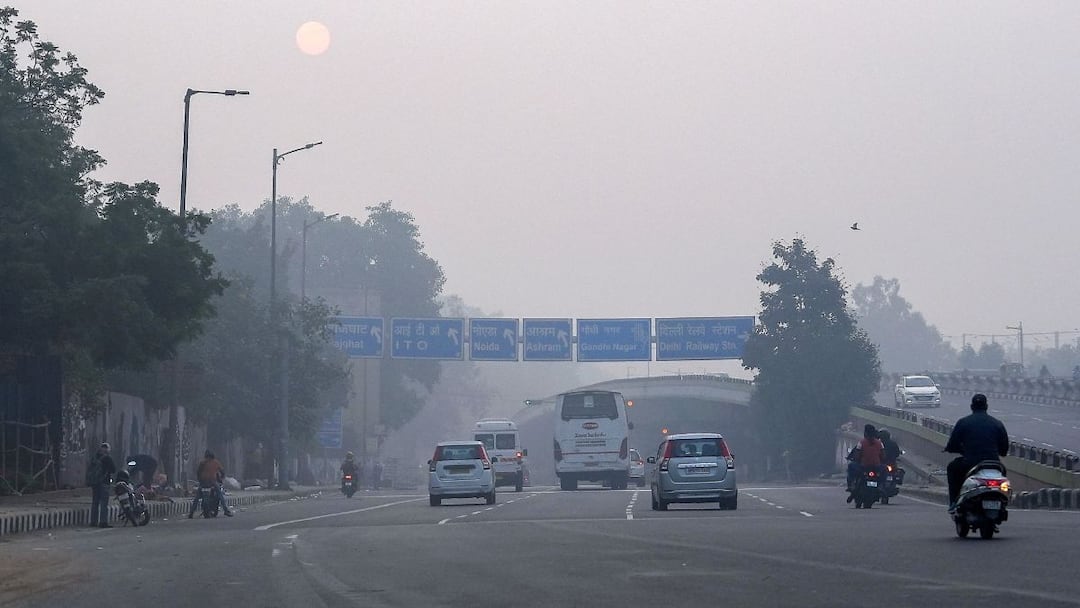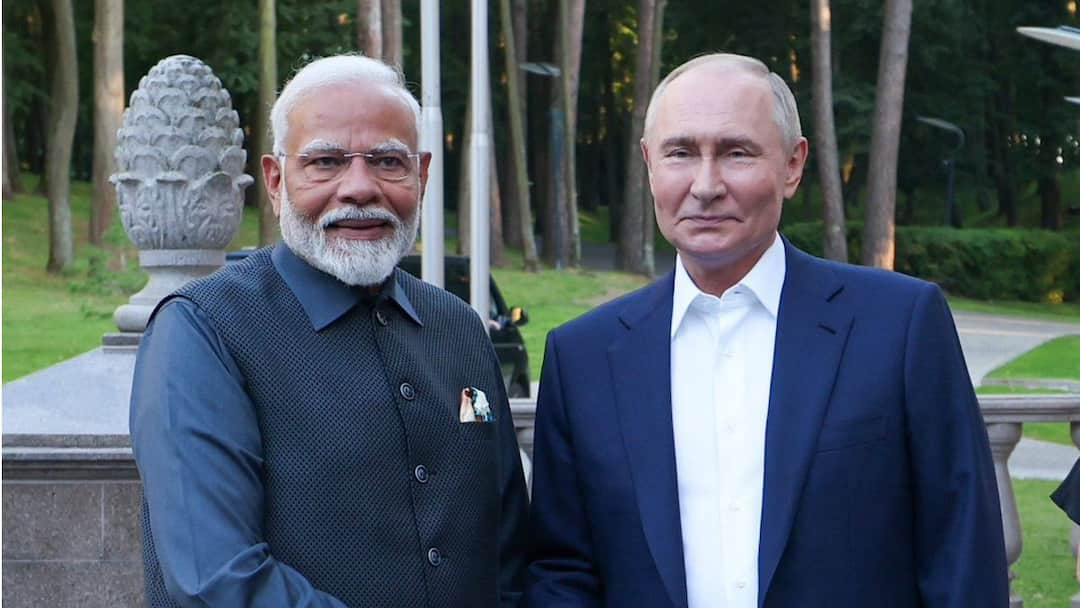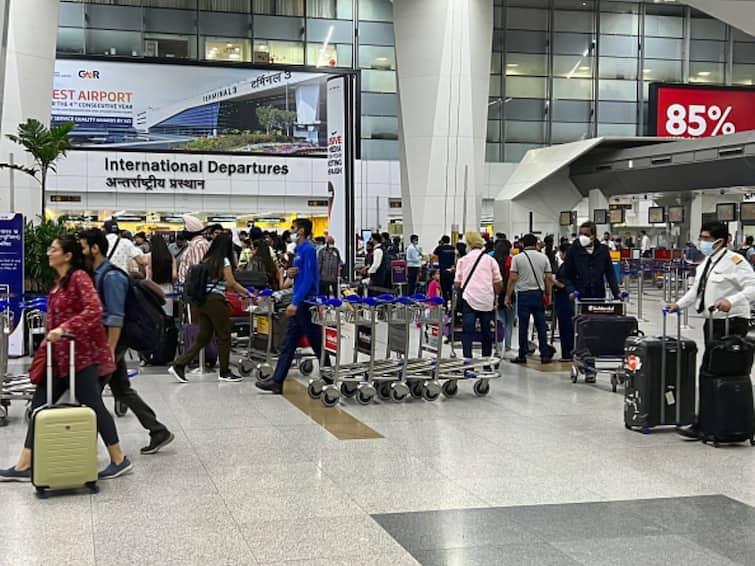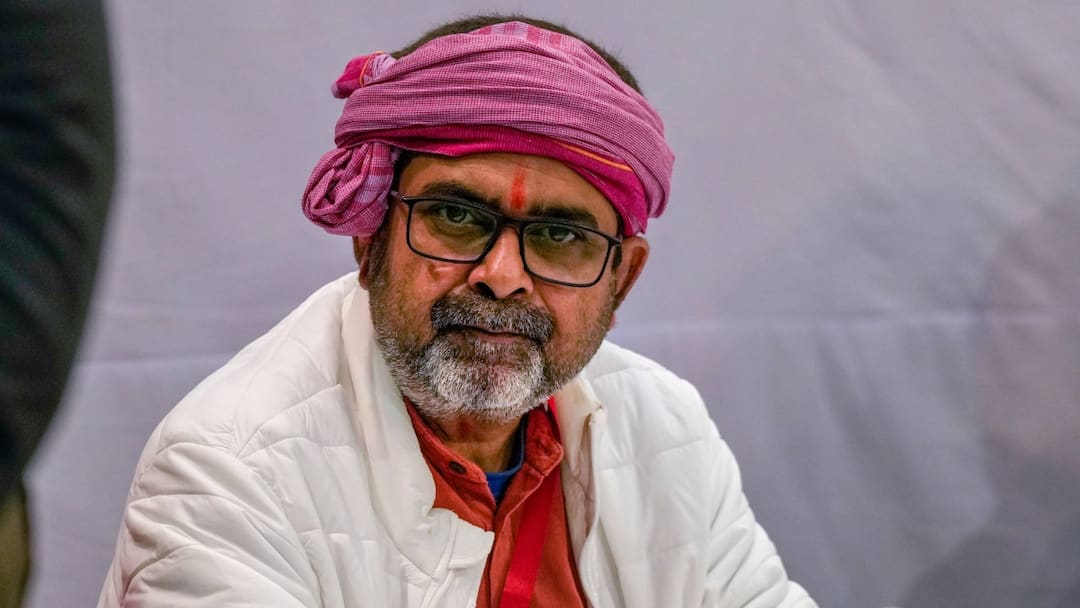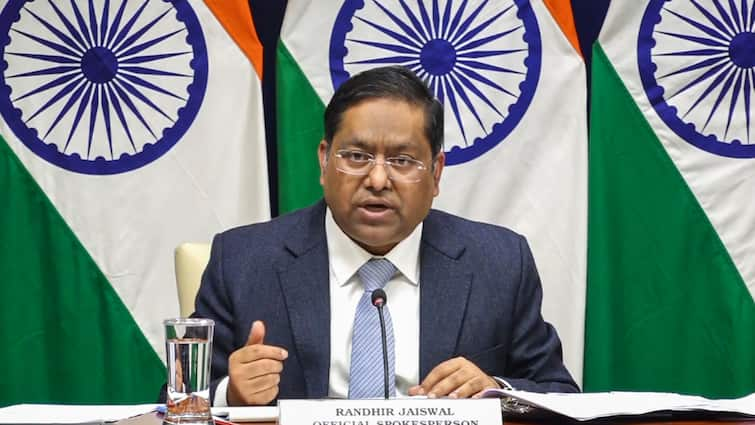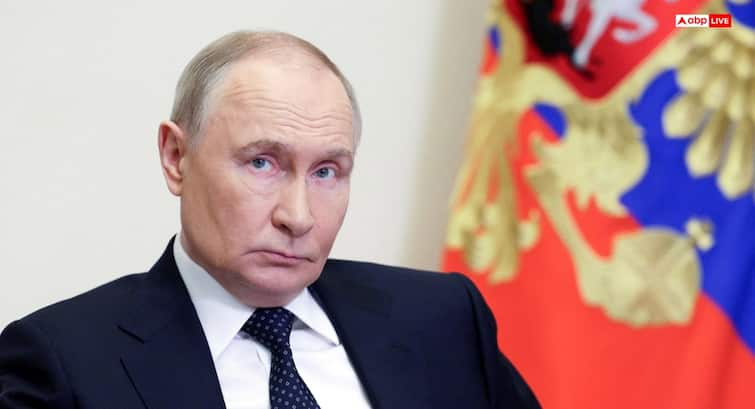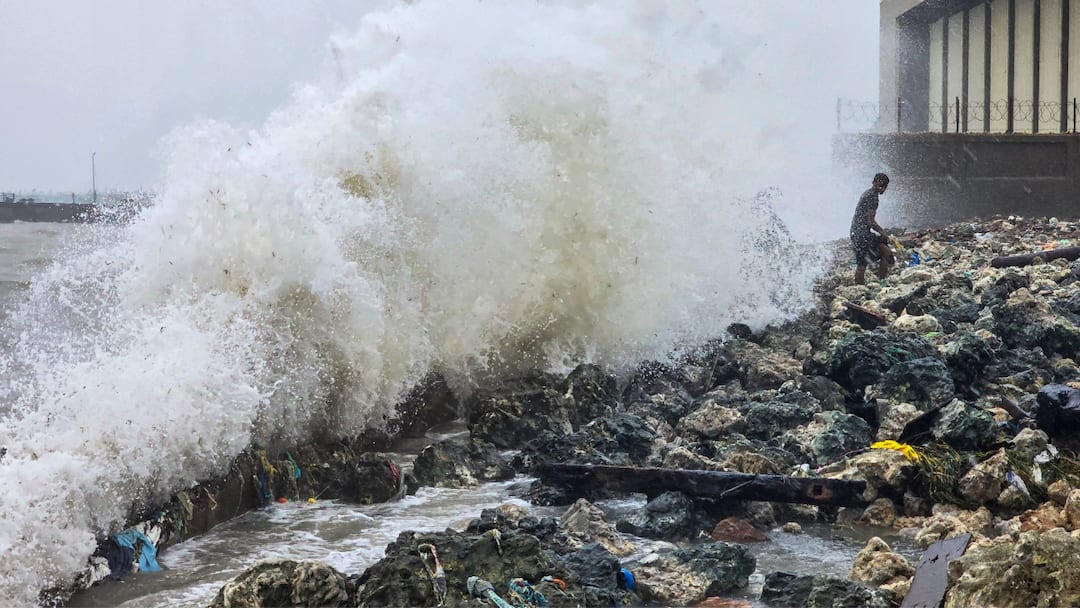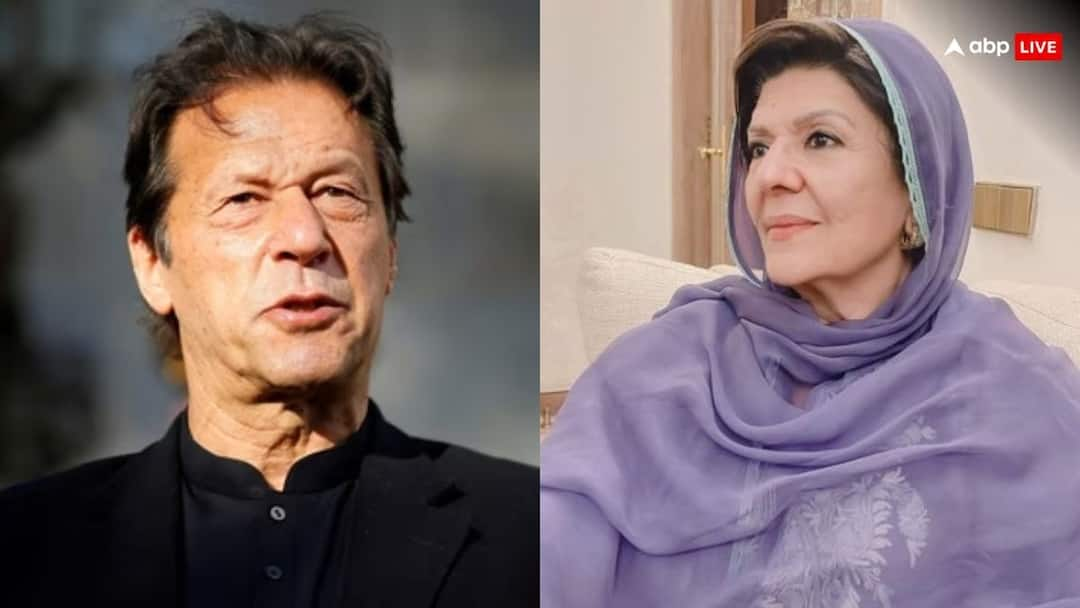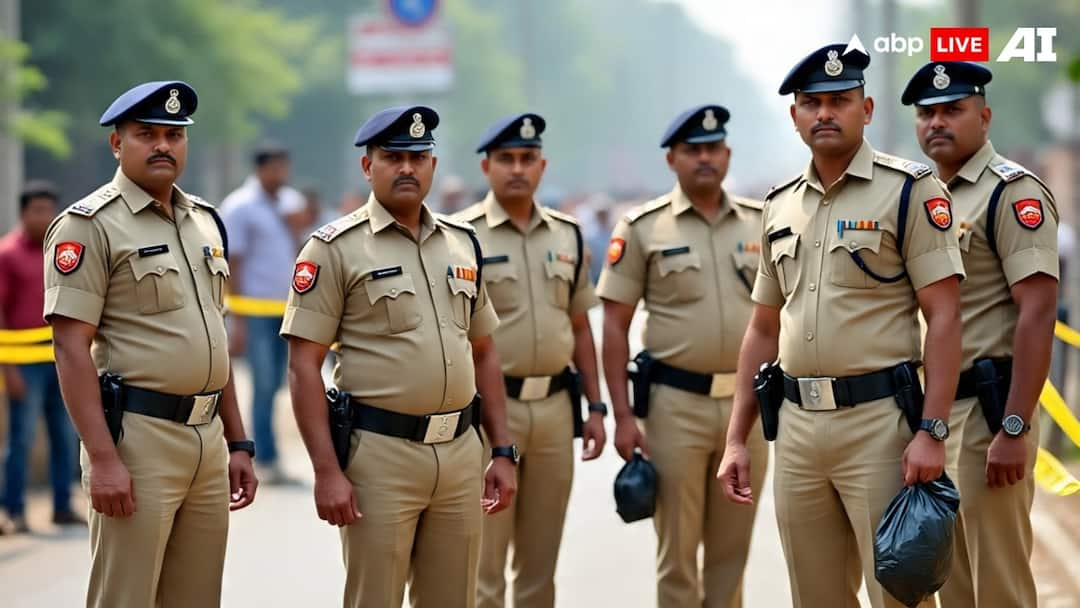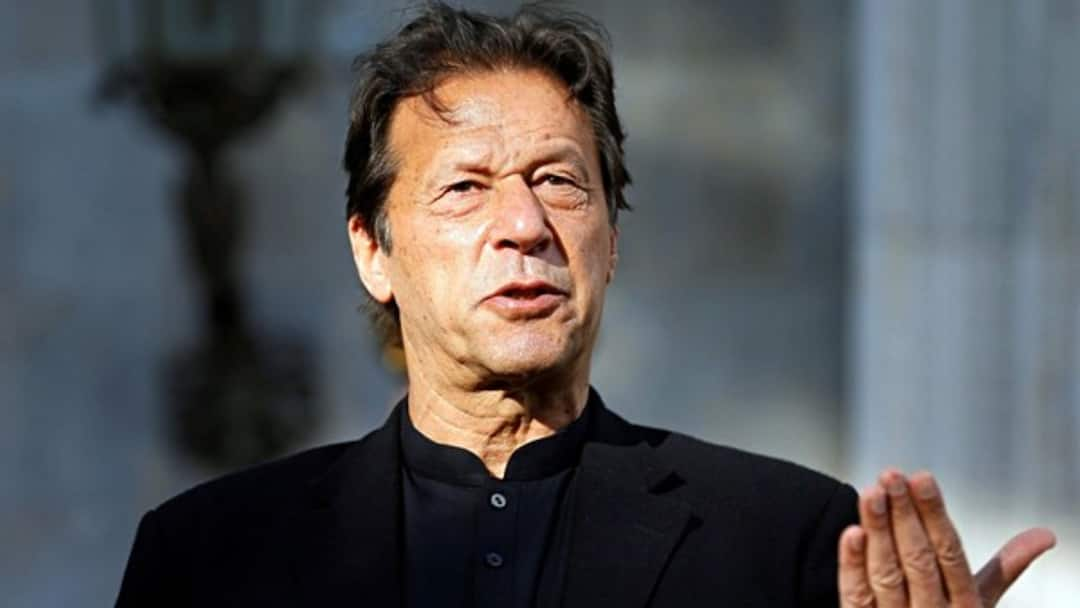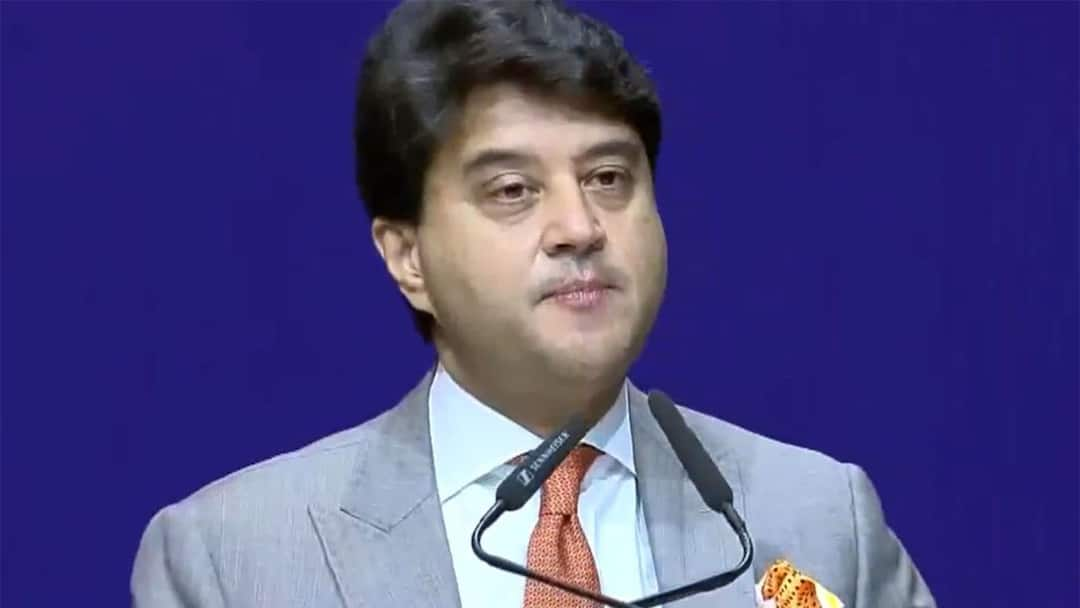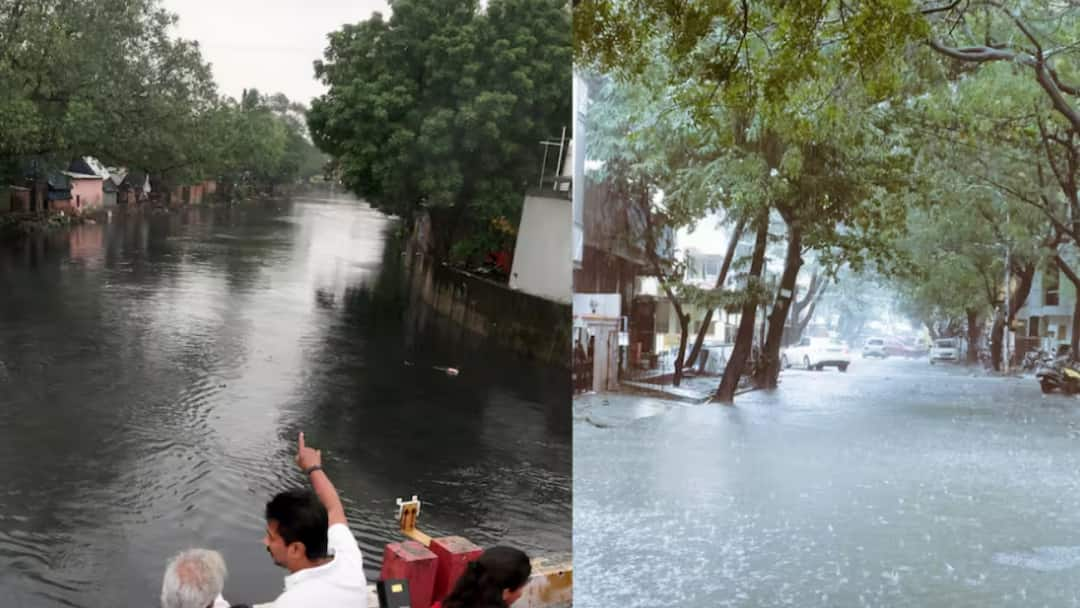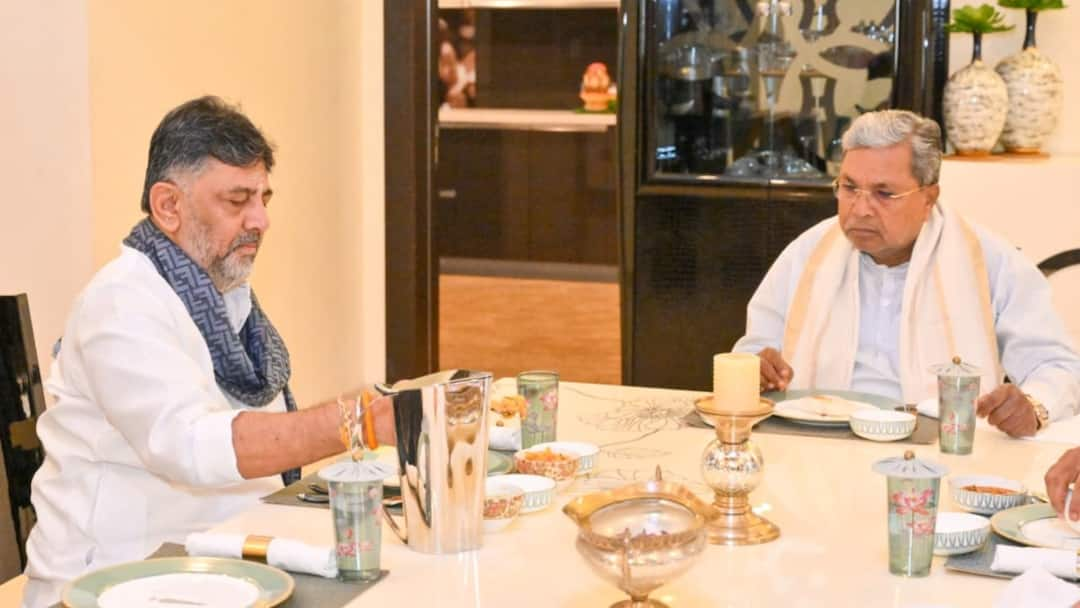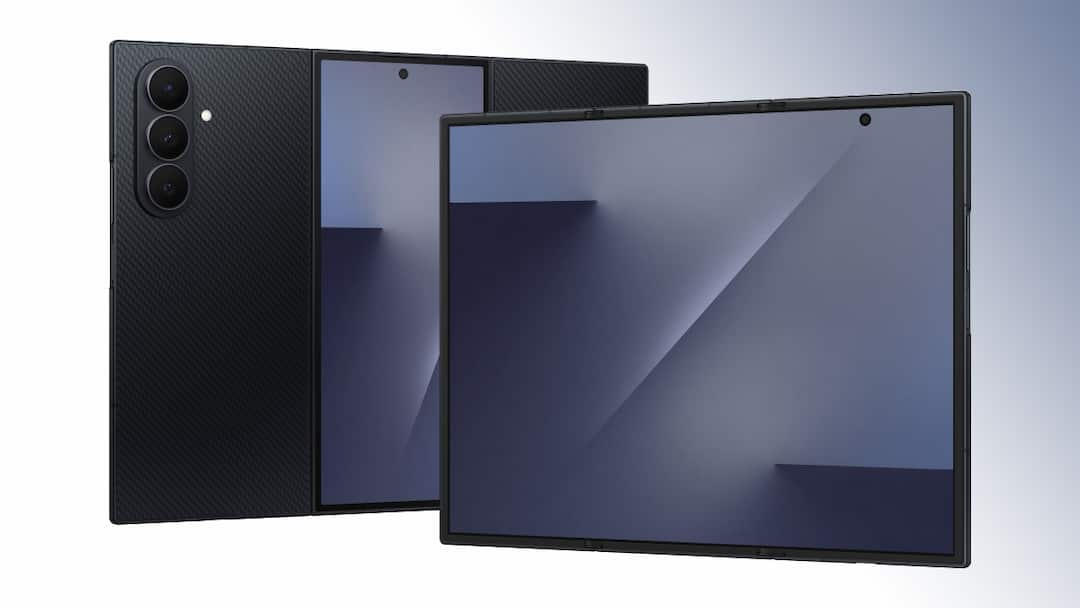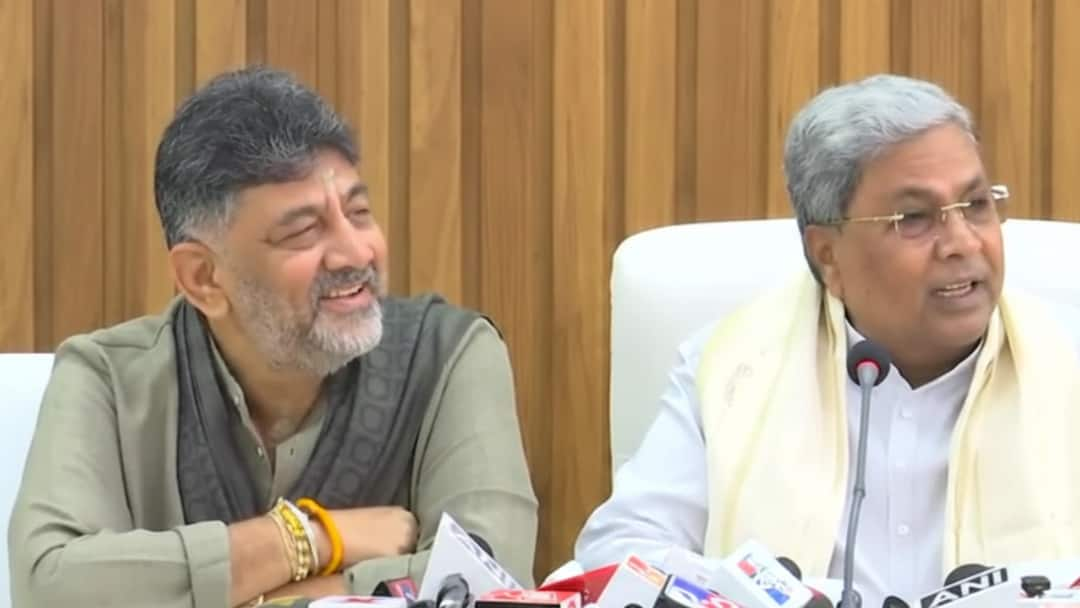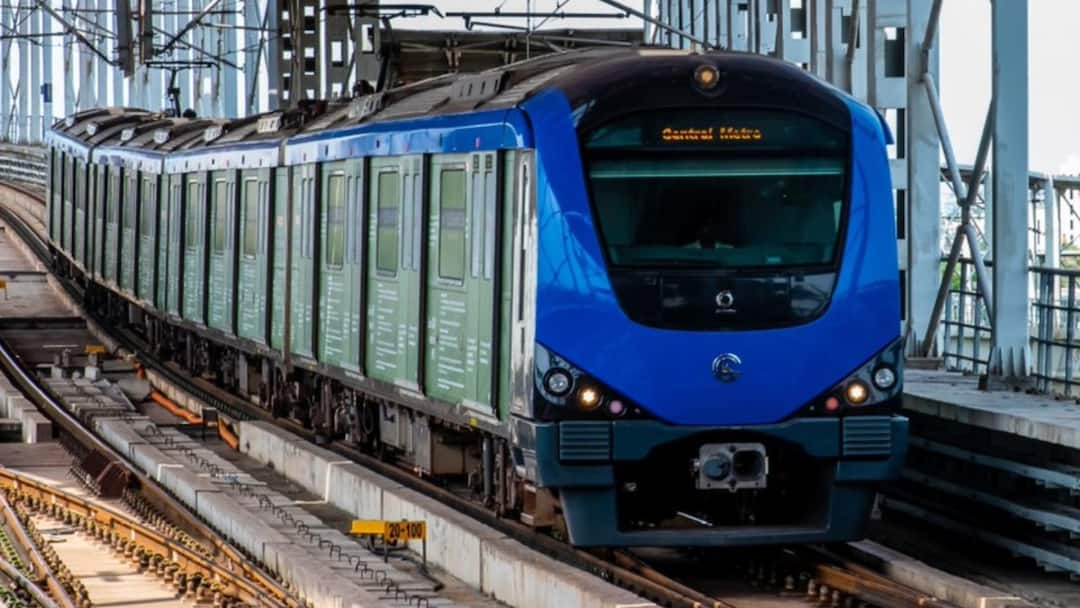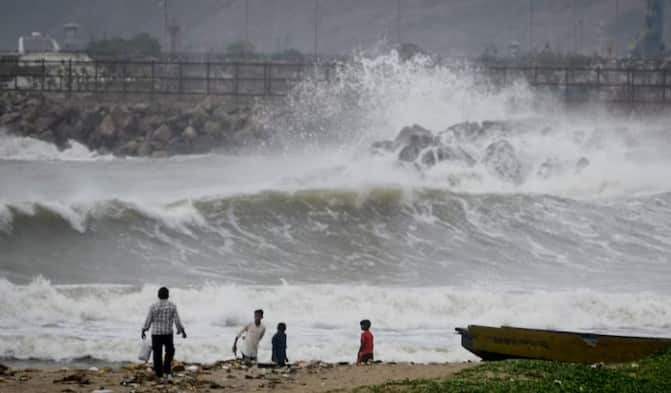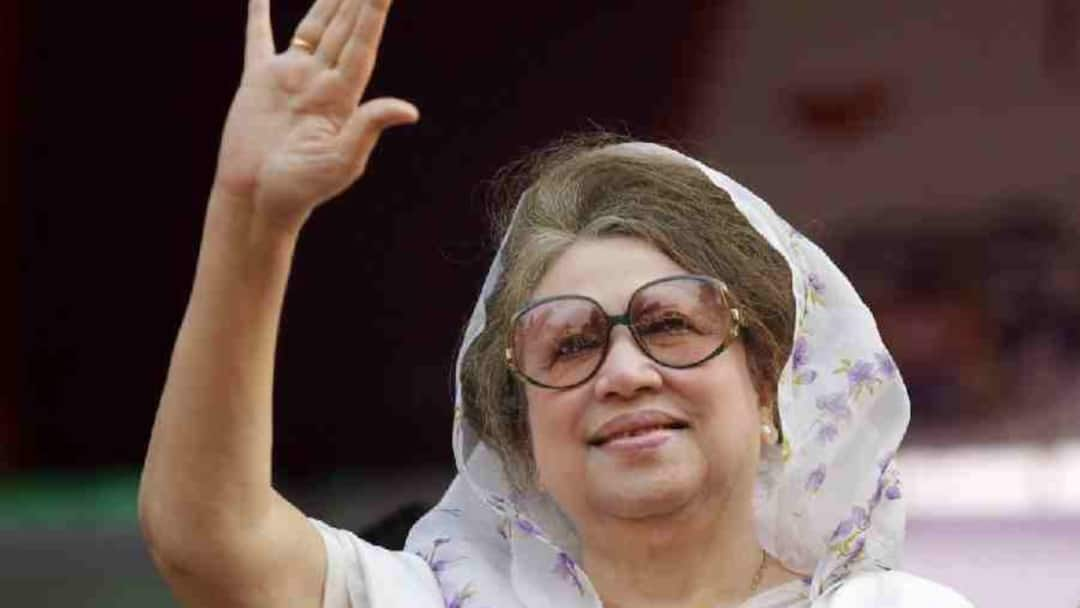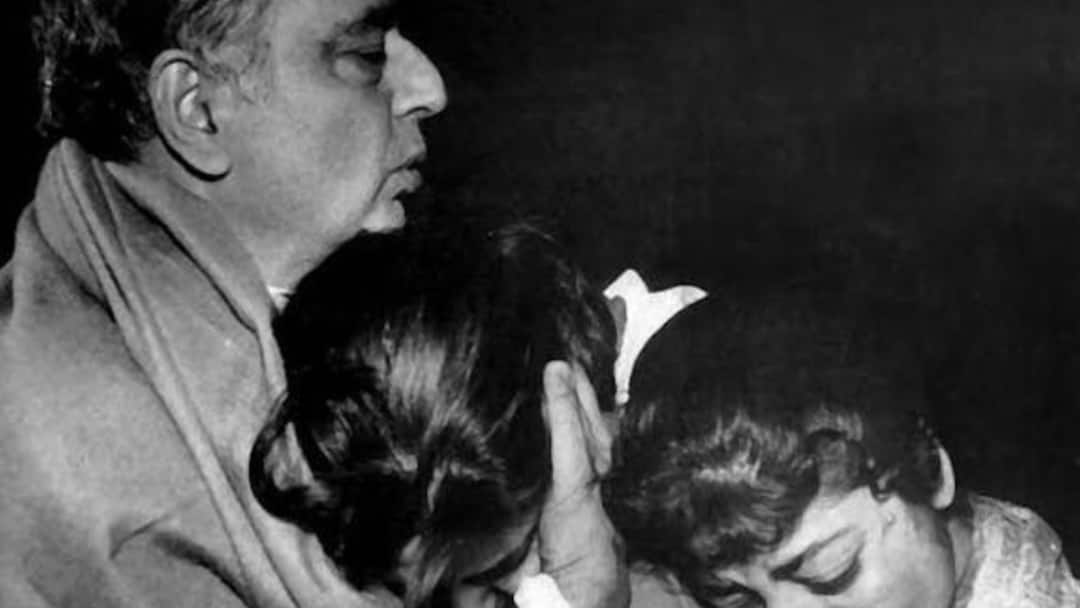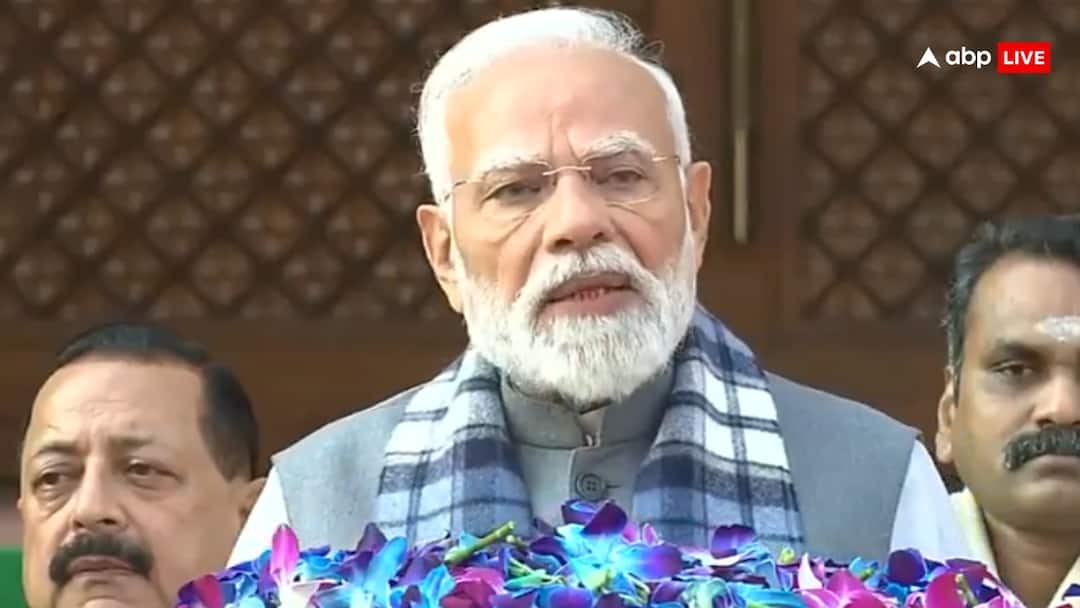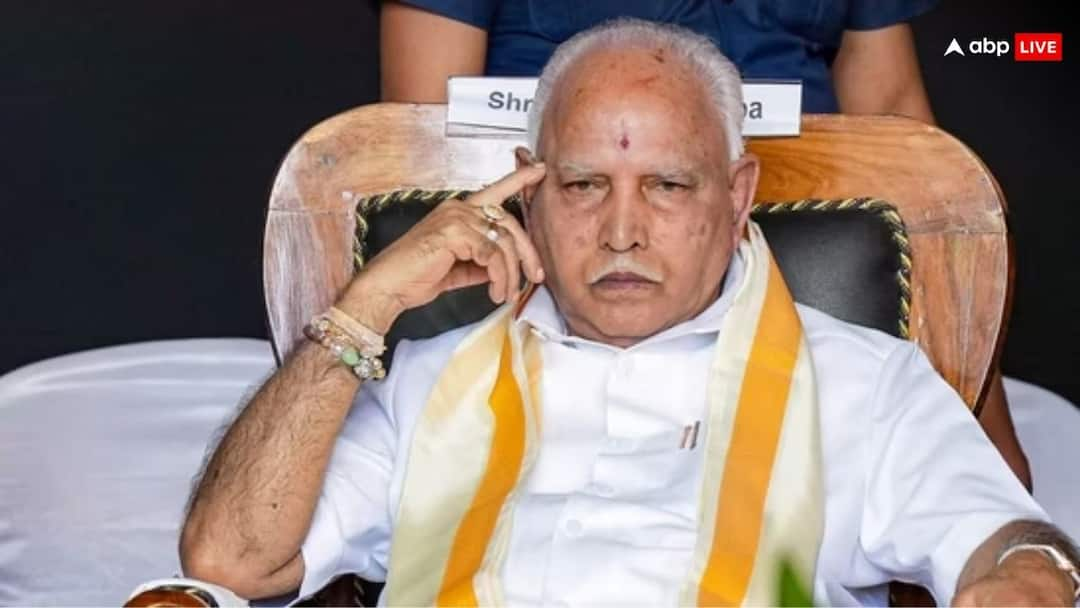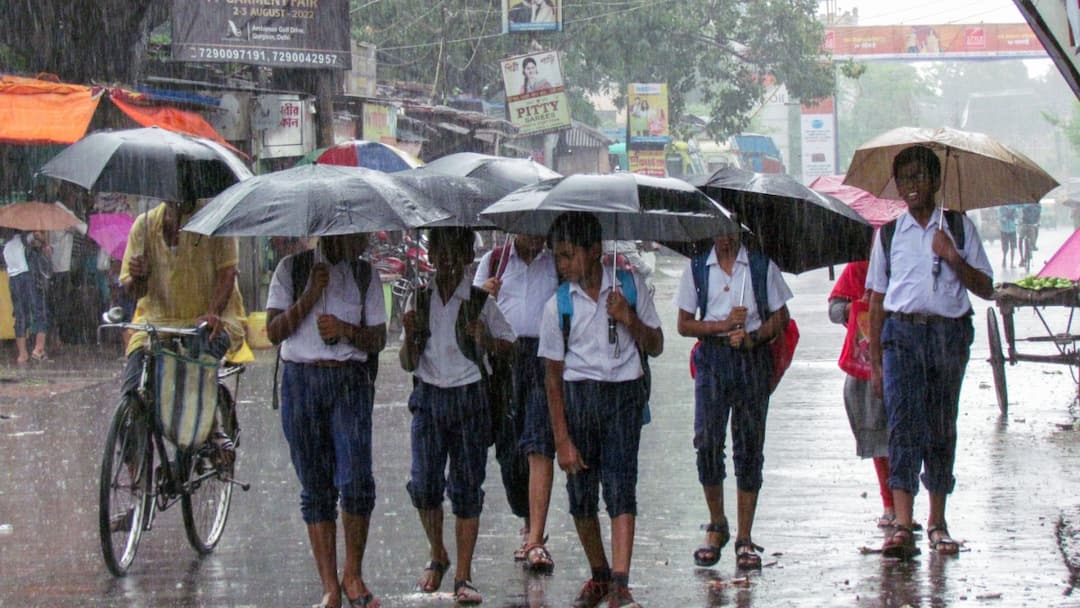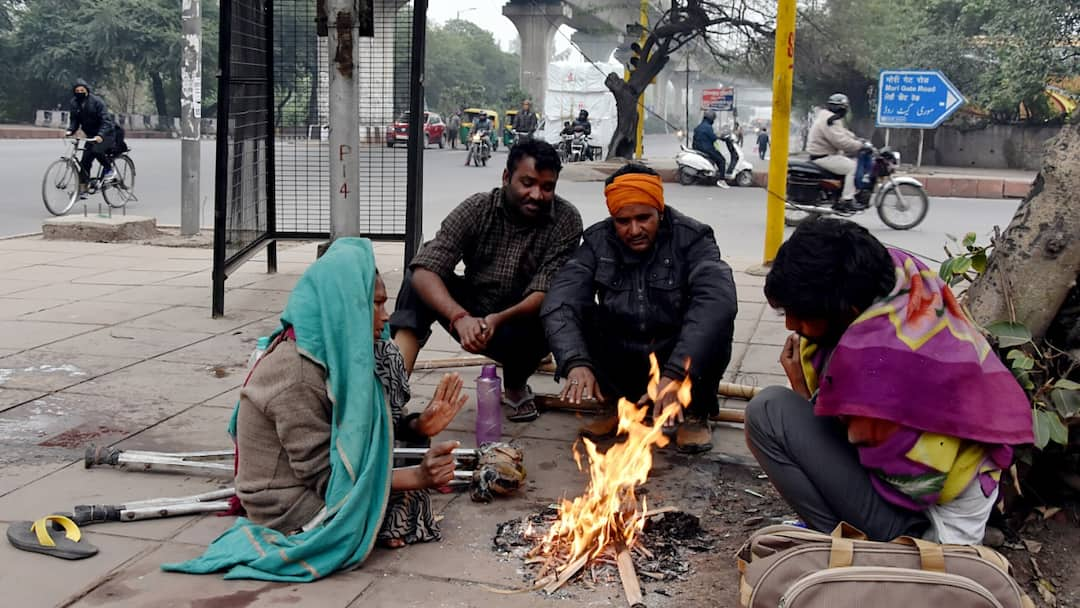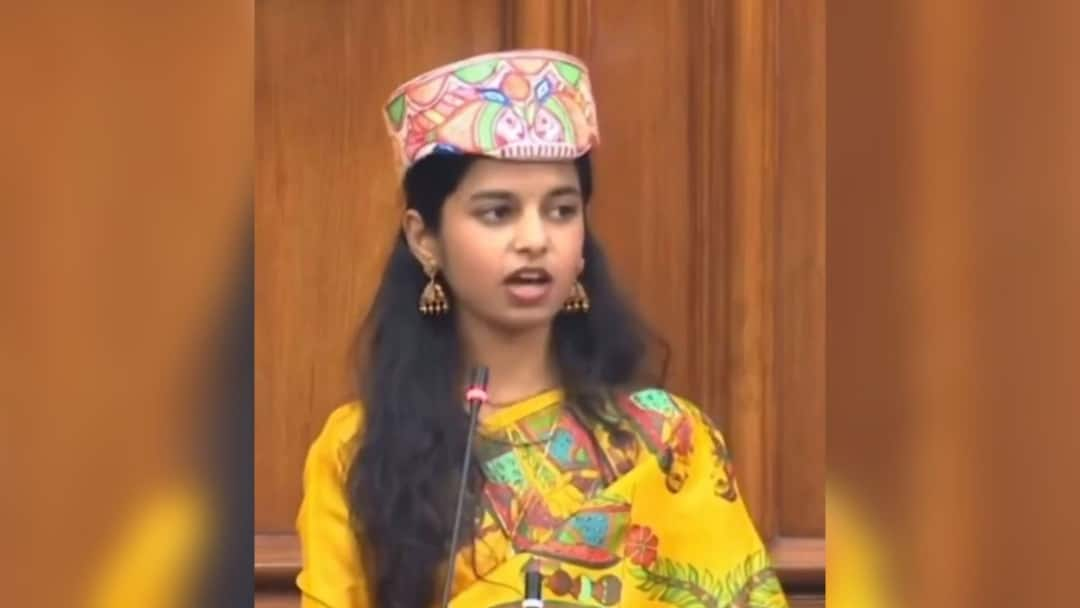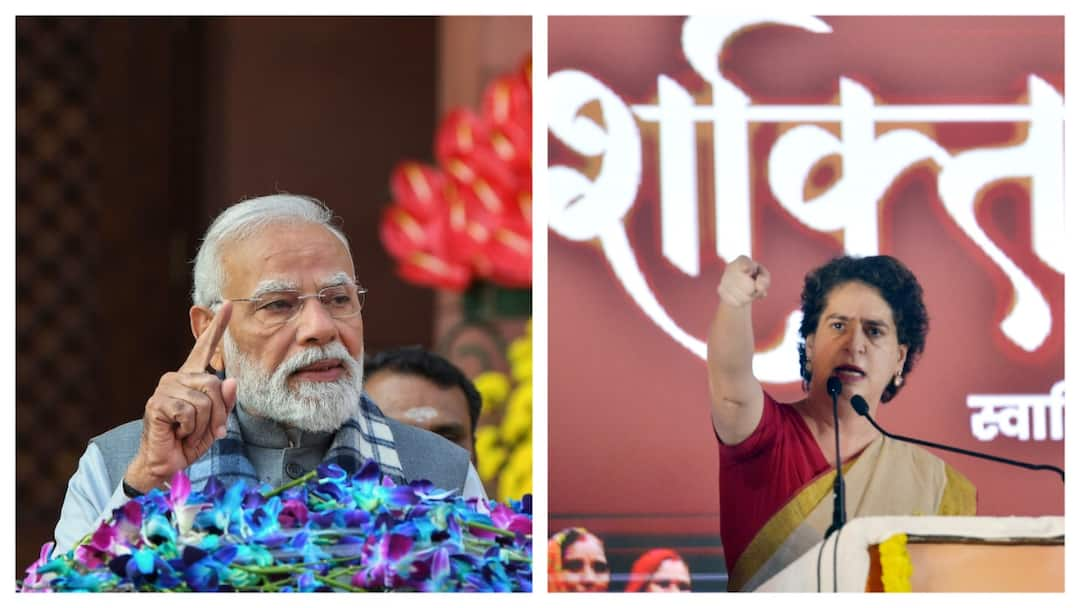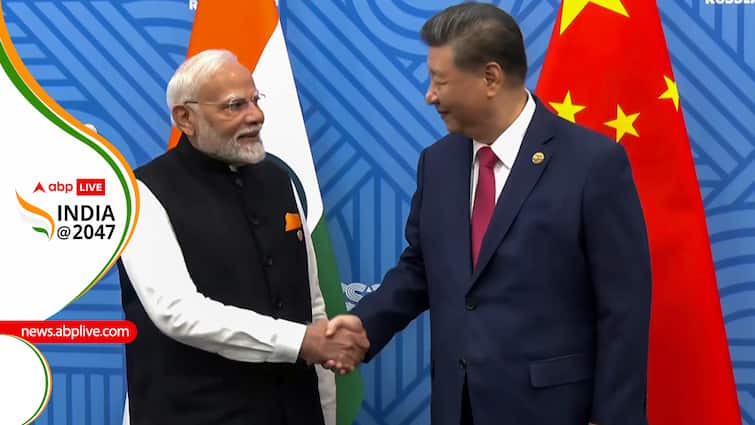
Prime Minister Narendra Modi is likely to visit China later this month for the Shanghai Cooperation Summit. However, an official confirmation is yet to be issued by the Centre. But what could be on the agenda? This visit would, no doubt, be historic and have long-term implications. At the same time it would be critical for Eurasian geopolitics.
Here are seven possible outcomes of Modi’s visit to China.
First Post-Galwan Visit: A Symbolic Reset
Let’s start with the obvious: if Modi does travel to China, it’ll be the first time since the 2020 Galwan clashes. This isn’t a casual handshake moment. It would mark a calibrated shift from cold silence to cautious engagement. But don’t confuse the optics with a breakthrough. The LAC tensions remain unresolved. A visit sends a message — India is willing to talk, but it hasn’t forgotten.
Calculated Hedge Against Western Pressure
India’s juggling act with the West is under strain. The US has slapped tariffs. Washington isn’t thrilled with India’s oil trade with Russia. Europe’s patience is thinning. So, engaging China, even briefly, helps Delhi remind the West that it has options. It’s not about pivoting to Beijing, but about flexing its strategic autonomy.
No Illusion On Terrorism
Expect Modi to hammer on terrorism—again. Especially with Pakistan’s Shehbaz Sharif likely in the room. India will push its line on cross-border terrorism and may link it, not so subtly, to both Pakistan and China’s shielding of terror actors at the UN. It’s unlikely to shift China’s stance, but it keeps India’s position sharp and public in multilateral forums. We shouldn’t forget that in June, Rajnath Singh refused to sign the SCO Defence Ministers’ declaration after it downplayed India’s stance on terrorism post the Pahalgam attack. The joint statement was scrapped, with India accusing China and Pakistan of inserting veiled jabs, including a reference to Balochistan.
SCO: Still Useful, Despite the Limits
India’s engagement with SCO has always been pragmatic. It knows the group’s limits, particularly with China and Pakistan inside the tent, but it still sees value in the platform. Why? Because it opens direct dialogue with Central Asian countries, keeps India present in continental diplomacy, and serves as one of several tables where great powers still talk.
Soft Launch For BRICS 2026
India takes over the BRICS presidency next year. That means it needs buy-in from Russia and China two of the biggest economies in the group. Modi showing up at the SCO helps lay the groundwork for a smoother BRICS summit in 2026, especially since it wants to “define BRICS in a new form”. India wants to centre that event on “humanity-first” diplomacy. Getting Xi and Putin on board now is part of that prep work.
Jaishankar’s Ice-Breaker
The groundwork has already been laid. Jaishankar’s visit to China last month wasn’t just about SCO ministerials. He met Xi and Wang Yi and raised tough issues — from LAC de-escalation to hydrological data sharing. Modi’s visit, if it happens, is the political follow-up. The message is clear: dialogue is open, but trust is thin.
Optics Matter Even if Outcomes Don’t
Modi sitting at the table with Xi and Putin sends a strong image to the domestic audience and to the world, especially the US: India is neither isolated nor entirely aligned. It’s trying to strike the perfect balance between the East and West, power and principle, commerce and confrontation. Even if nothing concrete comes out of the visit, just being in the room helps India shape the narrative.
This isn’t about rapprochement with China. It’s about reasserting relevance, holding ground diplomatically, and keeping doors open even when the corridors are lined with mistrust.
Doonited Affiliated: Syndicate News Hunt
This report has been published as part of an auto-generated syndicated wire feed. Except for the headline, the content has not been modified or edited by Doonited




